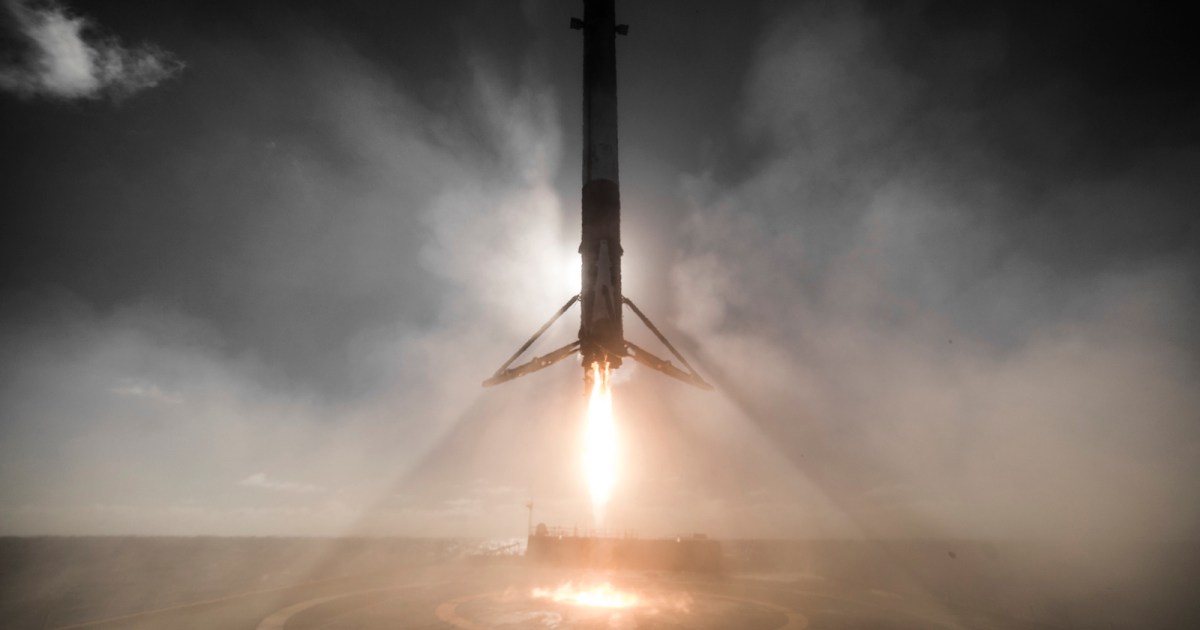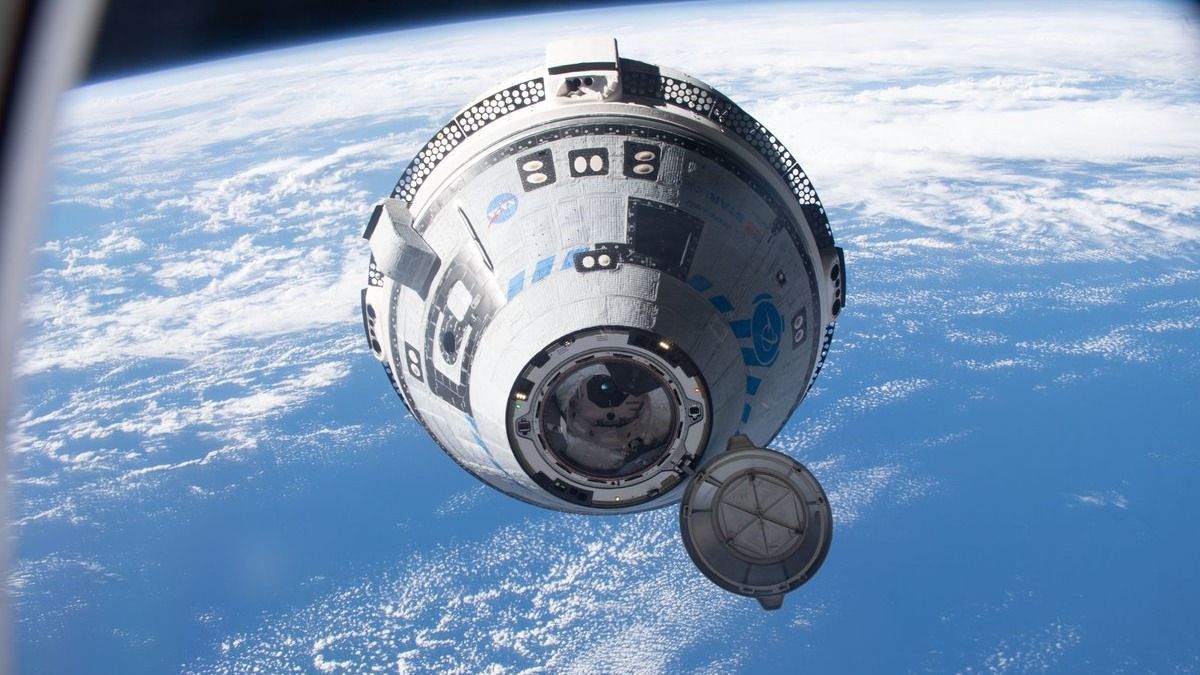It turns out that for SpaceX, landing a rocket booster upright on a droneship in the ocean is the easy part. It’s getting it back to land that’s tricky.
SpaceX has reported the loss of a first-stage Falcon 9 booster that had flown a record 19 times for the company, including a historic mission that launched the company’s first crew to the International Space Station.
Booster 1058 completed what turned out to be its final flight on Saturday from the Kennedy Space Center in Florida, and, as usual, the 42.1-meter-tall booster landed safely on a droneship waiting in the Atlantic Ocean.
But while sailing back to base, extreme weather conditions caused the booster to topple over, with a chunk of it later falling into the sea.
“During transport back to Port early this morning, the booster tipped over on the droneship due to high winds and waves,” SpaceX explained in a social media post, adding that newer Falcon 9 boosters have enhanced landing legs designed to keep it upright in challenging conditions.
The Falcon fleet’s life leading rocket completed its 19th and final launch and landing on December 23. This one reusable rocket booster alone launched to orbit 2 astronauts and more than 860 satellites — totaling 260+ metric tons — in ~3.5 years pic.twitter.com/q1ANdGCpEg
— SpaceX (@SpaceX) December 26, 2023
In a separate post, SpaceX executive Kiko Dontchev said it was “super disappointing and sad to lose booster 1058.”
He explained that a toppling can occur “when you get a certain set of landing conditions that lead to the legs having uneven loading,” adding that heavy wind or choppy waters “then cause the booster to teeter and slide.”
Dontchev added that despite the setback, “we will make lemonade out of lemons and learn as much as possible from historic 1058 on our path to aircraft-like operations.”
This particular booster first flew in May 2020, launching NASA astronauts Doug Hurley and Bob Behnken to the space station in a historic flight that saw SpaceX carry crew for the first time and also marked the first astronaut launch from U.S. soil since the end of the Space Shuttle program in 2011.
Its final flight last week involved the deployment of 23 Starlink satellites for SpaceX’s internet-from-space service.
With SpaceX continuing to ramp up its launch frequency, it shouldn’t be long before other Falcon 9 boosters set a new flight record, with two boosters already having flown 17 flights each to date and another two notching up 15 flights each.
Sending boosters on multiple flights is key to SpaceX’s success, with the system reducing the cost of orbital missions, thereby opening space access to more companies and organizations.
Editors’ Recommendations

Dr. Sarah Adams is a scientist and science communicator who makes complex topics accessible to all. Her articles explore breakthroughs in various scientific disciplines, from space exploration to cutting-edge research.








